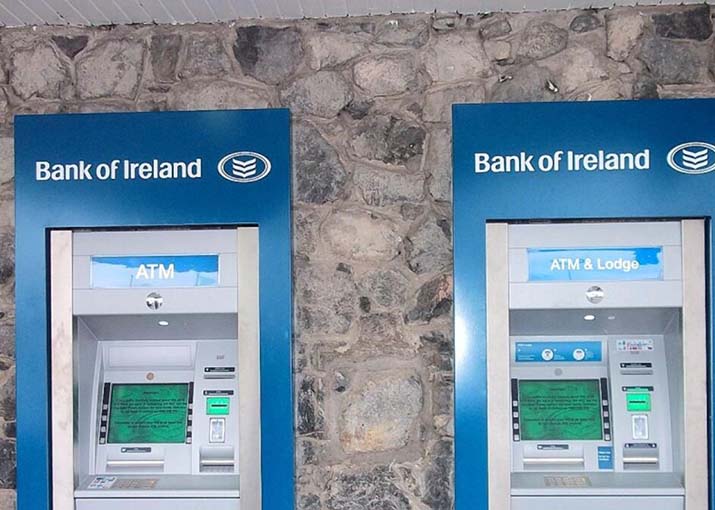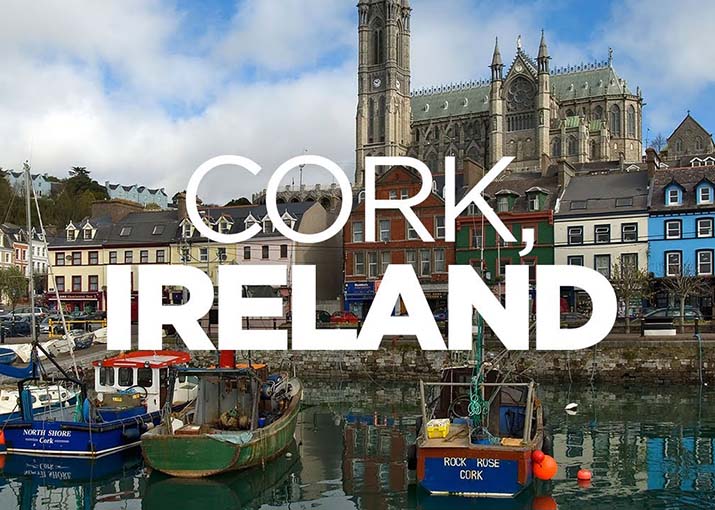Cork, the second-largest city in Ireland, is a blend of modern charm and rich history. With its scenic landscapes, vibrant arts scene, and welcoming locals, Cork is a must-visit destination for any traveler. I can say that getting around Cork is both enjoyable and relatively easy, but like any destination, there are a few things you need to know to make your trip smooth and hassle-free.
In this guide, I’ll walk you through everything you need to know about navigating Cork—from transportation options and essential travel tips to understanding the city’s layout and exploring its top attractions. Whether you’re a first-time visitor or a seasoned traveler, this guide will help you make the most of your trip to this beautiful Irish city.
Getting to Cork
Cork is well-connected, making it easily accessible whether you’re coming from within Ireland or traveling internationally.
- By Air:
Cork has its own international airport, Cork Airport (ORK), which is about 8 km south of the city center. There are direct flights from major European cities like London, Paris, and Amsterdam. If you’re traveling from the US or other non-European countries, you may have to fly to Dublin first and then take a connecting flight or opt for other modes of transport. - By Train:
If you’re already in Ireland, taking the train to Cork is one of the most convenient options. Irish Rail operates services between Dublin’s Heuston Station and Kent Station in Cork. The journey takes about 2.5 to 3 hours, and trains are comfortable and reasonably priced. I personally enjoyed the scenic views of the Irish countryside during the trip. - By Bus:
Bus travel is another great option, especially if you’re traveling on a budget. Bus Éireann and GoBus both offer regular services between Dublin and Cork. The journey is around 3 to 3.5 hours, depending on traffic, but it’s typically cheaper than the train. You’ll arrive at Parnell Place Bus Station, right in the city center. - By Car:
For those who prefer driving, Cork is about a 3-hour drive from Dublin via the M8 motorway. Renting a car can give you the flexibility to explore not only Cork but also the surrounding countryside, including the stunning Ring of Kerry and West Cork.
Getting Around Cork
Once you’ve arrived in Cork, there are several ways to get around the city and surrounding areas.
1. Walking
Cork’s city center is relatively compact and very walkable. You can easily explore most of the main attractions on foot. The city’s narrow streets and colorful buildings are perfect for leisurely strolls. Whether you’re visiting the famous English Market or climbing up to see the Shandon Bells, walking is often the quickest and most enjoyable way to get around the city center.

I particularly enjoyed wandering through St. Patrick’s Street, Cork’s main shopping thoroughfare. It’s lined with shops, cafes, and buskers playing traditional Irish music. Walking also allows you to take in Cork’s charm at your own pace and discover hidden gems that you might miss if you’re driving or taking public transport.
2. Public Transport
While walking is ideal for getting around the city center, Cork also has a good public transport system operated by Bus Éireann. The bus network covers most of the city and its suburbs, making it easy to reach attractions that are further out, like Fota Wildlife Park or University College Cork.
- Fares: Single adult tickets within the city cost around €2.40, but you can save money by purchasing a Leap Card, which offers discounted fares. A Leap Card can be bought at any convenience store, and it’s easy to top up as you go.
- Timetables: Buses run frequently, but it’s always a good idea to check the Bus Éireann website or download their app for up-to-date timetables. If you’re traveling at peak times, expect buses to be a little crowded, especially on the popular routes like Route 208, which takes you from the city center to Douglas.
3. Taxis
Taxis are readily available throughout Cork, especially in the city center. You can either hail one on the street or use taxi apps like Free Now. While taxis are more expensive than public transport, they’re convenient if you’re traveling with a lot of luggage or if the weather is bad (which happens often in Ireland!). A typical trip within the city center costs around €10 to €15.
Cycling in Cork
Cork is becoming more bike-friendly, and cycling is a fantastic way to explore the city and its surroundings. Cork’s BikeShare Scheme, known as Coca-Cola Zero Bikes, allows you to rent bikes at various stations across the city. You can rent a bike for as little as €1 for a single trip, or you can get a 3-day pass for €3. This is perfect if you want to explore some of the city’s scenic routes, such as along The Marina or by the River Lee.

Cork is hilly, so be prepared for a bit of a workout on some routes, but the views are worth it! I found cycling along the river to be particularly enjoyable, especially when the sun is shining.
- Tip: Make sure to wear a helmet, as Cork’s streets can be narrow and busy with traffic, especially during rush hours.
Renting a Car in Cork
If you’re planning to explore outside the city, renting a car is a great option. Several major car rental companies operate out of Cork Airport, including Hertz, Avis, and Budget. Renting a car gives you the flexibility to explore places like Kinsale, Cobh, and the Wild Atlantic Way, which are harder to reach by public transport.
However, be prepared for narrow roads and the challenge of driving on the left side of the road. I found the signage to be clear, but driving in rural areas can be a bit nerve-wracking, especially on the winding roads. Also, keep in mind that parking in Cork city center can be limited and expensive. Most hotels offer parking, but always check ahead.
- Tip: Make sure to book your rental car in advance, especially during peak tourist seasons, as availability can be limited.
Essential Travel Tips for Cork
1. Weather Preparation
Irish weather is notoriously unpredictable, and Cork is no exception. It’s not unusual to experience sunshine, rain, and wind all in the same day. Always carry a waterproof jacket and umbrella with you, even if the day starts out sunny. I recommend dressing in layers so you can adjust as the weather changes. When I was there, it could be quite chilly in the mornings but warm up by the afternoon.
2. Currency and Payments
Ireland uses the euro (€), and Cork is well-equipped with ATMs and card payment options. Most places, from cafes to taxi services, accept contactless payments, which is incredibly convenient. If you’re coming from a country outside the eurozone, you’ll want to exchange some cash before arriving or withdraw euros from an ATM once in Cork.

- Tip: Be aware of the transaction fees your bank might charge for foreign transactions. I found it useful to have a combination of cash and cards on hand.
3. Local Etiquette
Corkonians are famously friendly, so don’t hesitate to strike up a conversation with the locals. In my experience, people were always eager to help with directions or recommendations. Politeness and a sense of humor go a long way in Ireland, and you’ll often hear locals saying “thanks a million” or “cheers” when expressing gratitude.
- Tip: Tipping isn’t mandatory, but it’s appreciated. In restaurants, it’s customary to leave a 10% tip if service was good. For taxis, rounding up to the nearest euro is common practice.
4. Language
While English is the primary language spoken in Cork, you’ll see signs in both English and Irish (Gaeilge). Don’t worry, though—everyone speaks English, and you won’t have any language barriers during your trip.
Top Attractions to Explore
Now that you know how to get around, here are a few must-see attractions in Cork:
- The English Market: A historic indoor market known for its local produce, artisan foods, and vibrant atmosphere. It’s a great place to grab lunch or pick up souvenirs.
- Shandon Bells and Tower: Climb to the top of St. Anne’s Church and ring the famous Shandon Bells for panoramic views of the city.
- Fitzgerald Park: A peaceful park along the River Lee, perfect for a relaxing stroll or picnic. The park is also home to the Cork Public Museum.
- University College Cork (UCC): Walk through the beautiful campus of UCC and visit the Lewis Glucksman Gallery.
- Cobh: Just a short train ride away, this coastal town is famous as the last port of call for the Titanic.
Navigating Cork is a breeze once you understand the basics. From the city’s compact and walkable center to its efficient public transport and bike-friendly streets, getting around is easy and enjoyable. Whether you’re here for a few days or an extended stay, Cork’s charm and accessibility make it a perfect destination for any traveler.


